Japan’s most competitive neighboring prefectures are revealed in a recent survey
.
Tokyo and Osaka might be two of the biggest cities, but the most intense competition is felt somewhere more remote.
Rivalries are everywhere, from sports games to sibling quarrels, and Japan is no exception. From fast food giant Burger King taking playful jabs at McDonald’s to the legendary snack debate of Kinoko no Yama versus Takenoko no Sato (the answer is Kinoko no Yama, obviously), Japan is no stranger to a healthy rivalry.
▼ The only snack you need
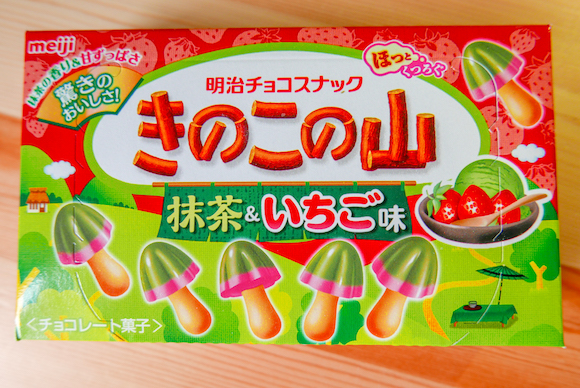
However, it’s not just brands or snacks that have sparks flying between them, the prefectures themselves sometimes look at each with a competitive eye, as shown by Sony Life Insurance Company’s 47 Prefectures’ Lifestyle Awareness Survey. The company surveyed 4,700 Japanese people across the country, taking 100 from each prefecture. One of the questions asked was “Which prefecture do you think is the rival to your own and why?”, which led to some interesting findings.
With its impressive size, economic power, and cultural influence, Tokyo was always going to be the first prefecture on the list, with Osaka and Kyoto following up behind. From among those who answered that Tokyo is the biggest rival (3.7 percent of the total 4,700 respondents), both Kanagawa and Osaka form a significant portion. With having Japan’s second-biggest city, Yokohama, and being so close to Tokyo, it can’t be considered unusual that 36 percent of the 100 residents that completed the survey feel that they are rivals. On the other hand, with Osaka being the biggest city in the west of Japan, comparisons are often made between Osaka and Tokyo prefectures in the national spotlight, and 36 percent of Osakans feel that Tokyo is their rival.
▼ The award for most rivalry-attracting prefecture goes to… Tokyo!
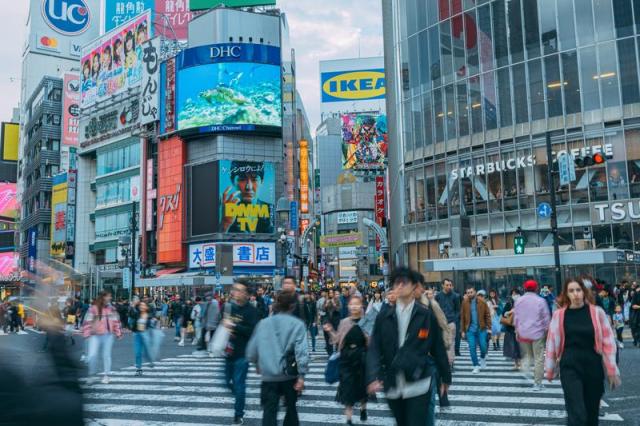
However, the country’s biggest rivalry doesn’t involve Tokyo at all, or any of the big cities for that matter. Even though Tokyo got a lot votes, Tokyoites didn’t seem to reciprocate, lacking a significant disparity in the number of votes for a particular prefecture. Among the 47 prefectures, however, there are some pairs who listed each other as their biggest rival. For the biggest two-way rivalry, we have to turn our eyes away from east Japan’s Kanto region, to the far west of Japan.
Shimane and Tottori might not top the list of must-see spots for travelers in Japan, but the survey showed a strong sense of rivalry, with 64 percent of respondents from Tottori and 60 percent from Shimane calling the other their rival. Being neighbors and so far away from the typical vacation destinations, the two prefectures often feel they are mistaken for one another. With Shimane being home to the famous Izumo Taisha Shrine and Tottori having the iconic sand dunes, each side feels that their charm deserves more recognition.
▼ The historical Izumo Taisha Shrine with the largest shimenawa (sacred straw rope) in Japan
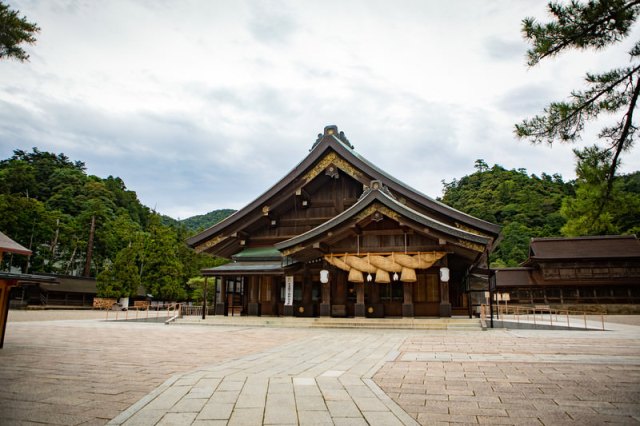
▼ The sand dunes of Tottori
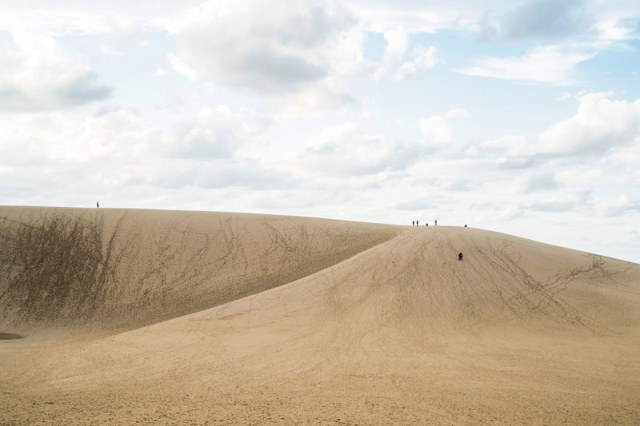
Though these aren’t the only two neighboring prefectures to have a little competitive spirit. Over in the Hokuriku region, Toyama and Ishikawa are renowned for having incredible seafood, but the rivalry extends to tourism. With 50 percent of Toyama residents listing Ishikawa as their rival, they must feel envious of the number of tourists Ishikawa receives, most likely due to it having one of Japan’s top three gardens: Kenrokuen. However, they shouldn’t downplay the beautiful engineering of their own Kurobe Dam and the stunning mountains and valleys surrounding it. 35 percent of people from Ishikawa agree that Toyama has many points that make it rival-worthy.
▼ A look down onto the lake formed by Kurobe Dam
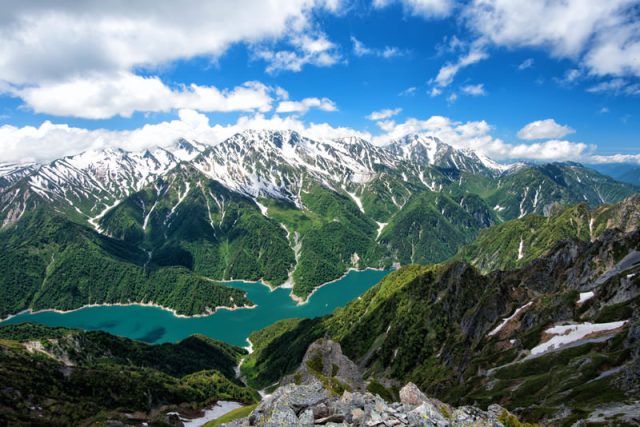
Heading further east, we come to Mt. Fuji. Japan’s most iconic symbol is shared by Yamanashi and Shizuoka, so the two are naturally feuding over who has the better views of the beloved mountain. Yamanashi is home to the Fuji Five Lakes, as well as the location for arguably the most Japanese view of Mt. Fuji: Arakurayama Sengen Park. This is corroborated by 33 percent of Shizuoka residents acknowledging that Yamanashi, with its stunning views, is their rival.
▼ Mt. Fuji, cherry blossoms and the Chureito Pagoda—could it get more Japanese than this?
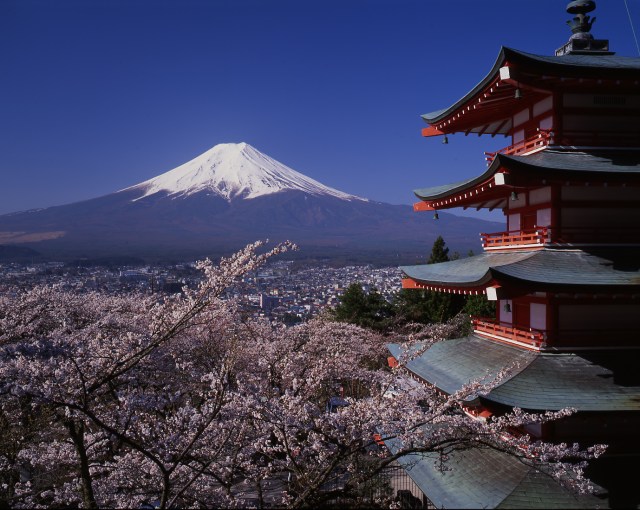
However, Shizuoka is not to be outdone. It has a spectacular seaside view from the pine tree-covered beach of Miho no Matsubara, as well as the most important shrine dedicated to Mt. Fuji: Fujisan Hongu Sengen Taisha. Perhaps the beach views of Mt. Fuji have led 41 percent of Yamanashi respondents to feel that Shizuoka makes for a worthy rival?
▼ Mt. Fuji from Miho no Matsubara
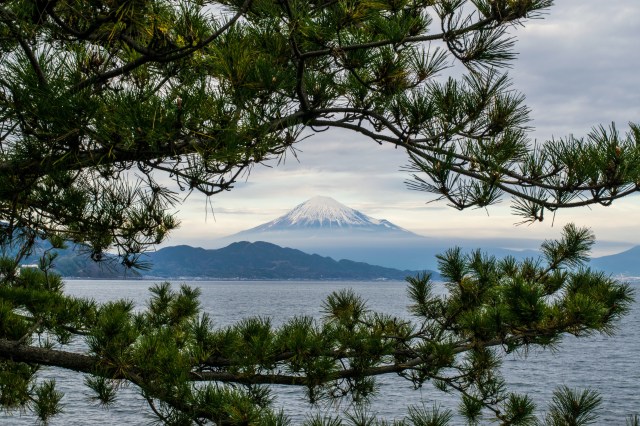
Back in the Kanto region, there are two pairs of prefectures that have some tension between them. Due to both having an abundance of nature and a similar proximity to Tokyo, Ibaraki and Tochigi can often feel like the same place. However, it’s hard to confuse Kegon Waterfalls of Tochigi and Kairakuen of Ibaraki, the second of Japan’s top three gardens. 33 percent of Ibaraki residents perhaps feel that they are battling for tourists, whereas a slightly lesser 21 percent of Tochigi residents feel the same way towards Ibaraki.
▼ Kegon Waterfalls
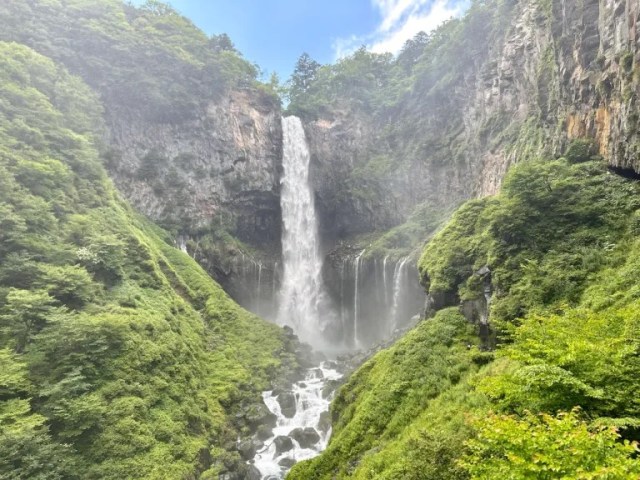
▼ Kairakuen is famous for its plum blossoms
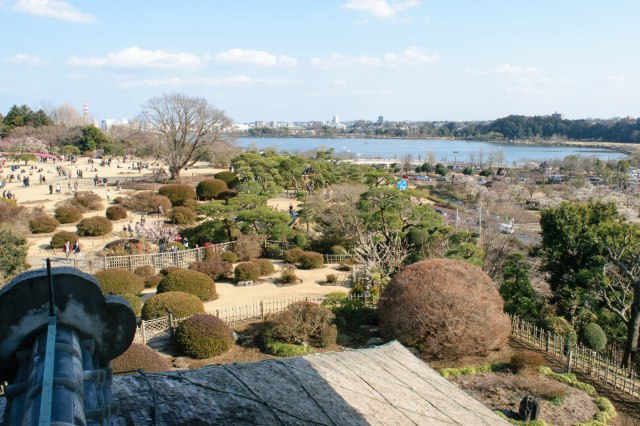
Farther south, but still in Kanto, Saitama and Chiba keep trying to one-up each other for the third position in the cluster consisting of Tokyo and its neighbors. 30 percent of Saitama and 32 percent of Chiba respondents listed each other as their rival prefecture. Though as lovable as they are, can the Moomins of Moominvalley Park in Saitama ever truly hope to match up to Tokyo Disneyland and DisneySea in Chiba?
We have covered this survey once before, back in 2021, and the rivalries haven’t changed a great deal in the past three years. However, there is one notable pairing missing from this year’s results: Hokkaido and Okinawa. Even though they are on the extreme ends of Japan, both are popular holiday destinations, with cultures other than that of the mainland: Ryukyu in Okinawa and Ainu in Hokkaido, so it made sense they felt some competition with each other.
It’s possible that the both prefectures have turned to focus more on their unique charms, rather than comparing themselves to another on the opposite end of the country. Or maybe the rivalries have shifted closer to home? Could Okinawa have started focusing more on Kagoshima, with its frequently erupting Sakurajima and mythical wonderland of Yakushima?
▼ The active volcano of Sakurajima

▼ Yakushima: the inspiration of Princess Mononoke
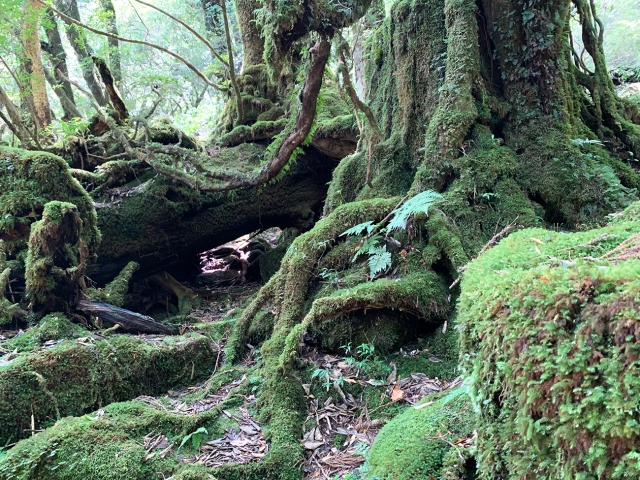
Perhaps Hokkaido is feeling threatened by Aomori’s apples or milk curry miso ramen, or maybe it worries the Nebuta Festival might become more popular than the Sapporo Snow Festival?
▼ One of the nebuta floats used in the Nebuta Festival
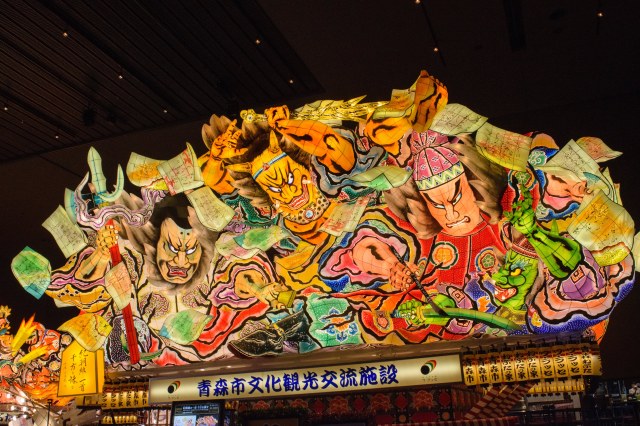
While the rivalries between prefectures will no doubt continue for many years to come, and despite many being based on similarities, they also speak to the beauty of Japan’s diversity. Every prefecture is overflowing with distinct charm, from the neon glow of downtown Tokyo to the sand dunes of Tottori, and there will always be something extraordinary waiting for you to discover.
Source: Yorozoo News via Yahoo News, Sony Life Insurance Company
Top image: Pakutaso
Insert images: Pakutaso (1, 2, 3, 4), PR Times, SoraNews24
● Want to hear about SoraNews24’s latest articles as soon as they’re published? Follow us on Facebook and Twitter!
Credit:

0 comments: